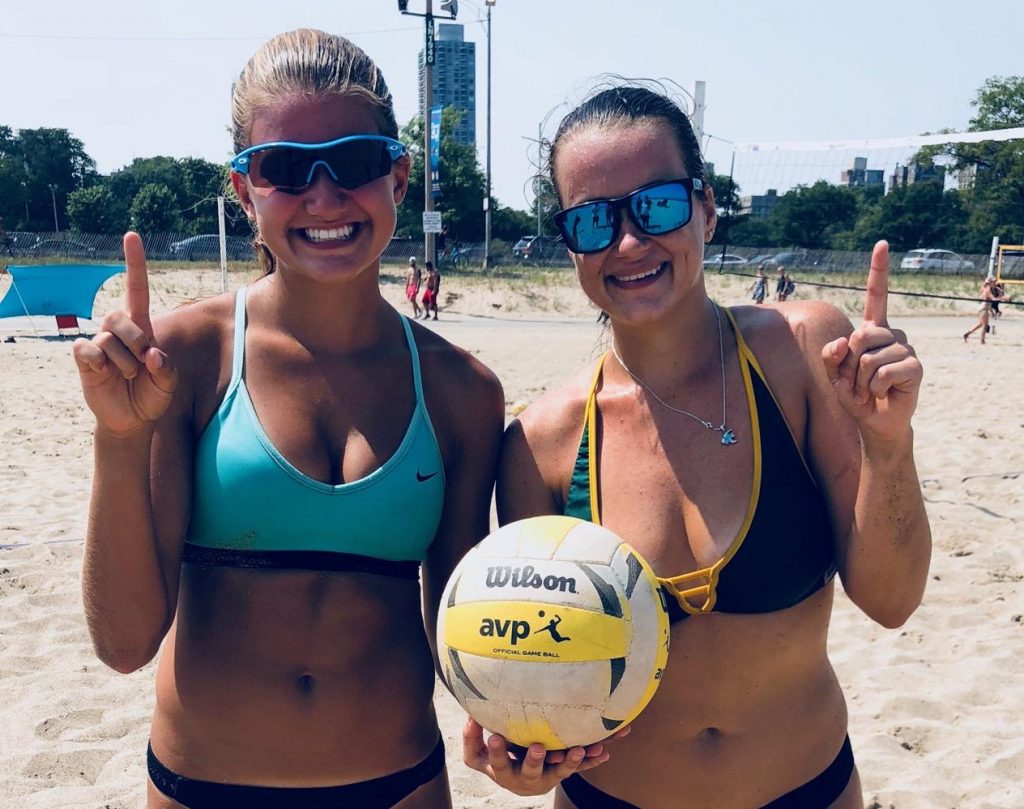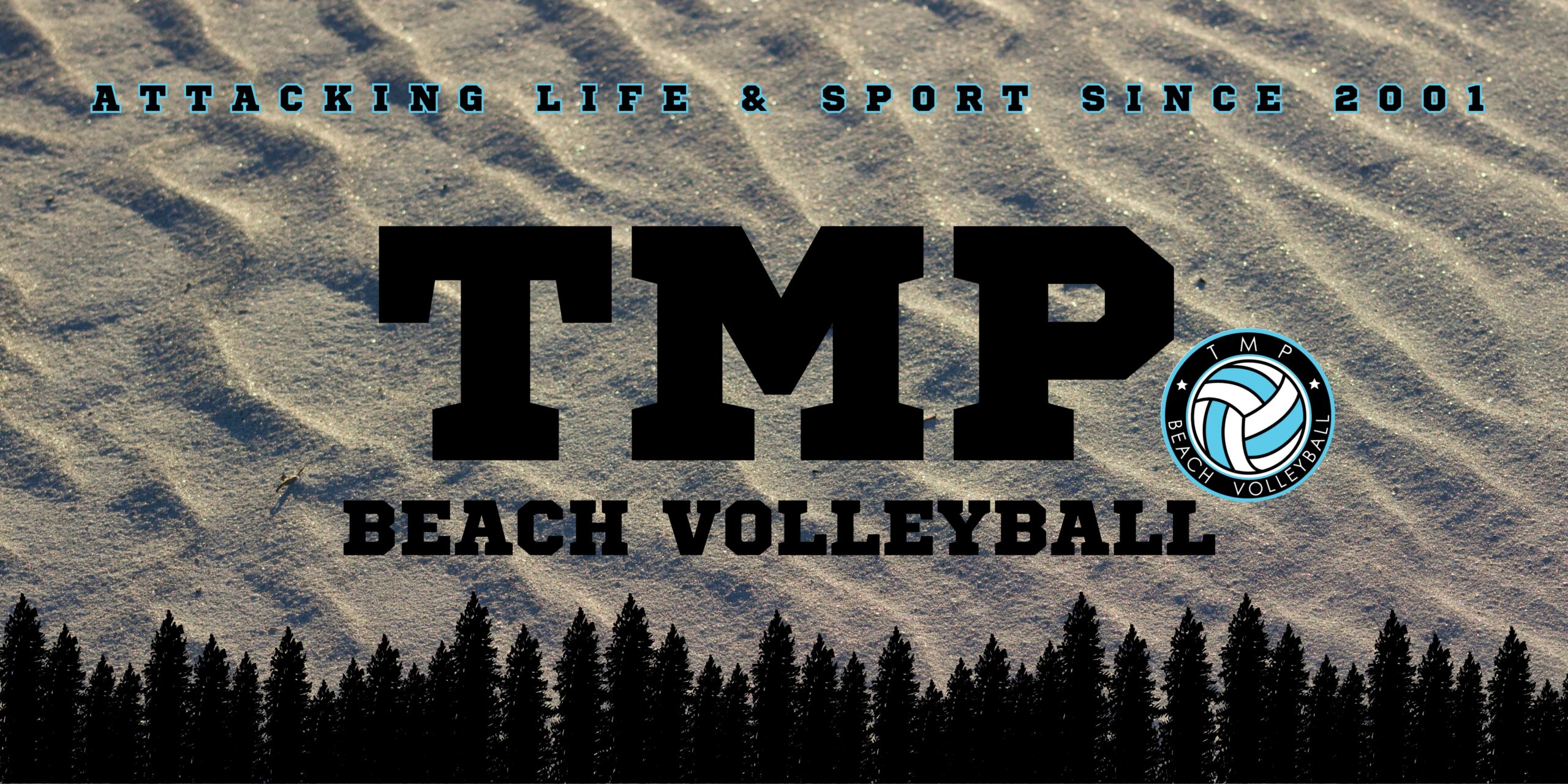4 Factors That Impact Beach Partner Selection
Junior Volleyball Association (March 11, 2020) By Stephen McCarthy
For younger athletes, partner selection is an easy process. Pick a player of similar skill level that you enjoy playing with and can compete together at a high level. But how do you create a high level partnership for high school, college and pro beach athletes?

A big trend in today’s beach world is management of players or combining the physical traits with a large amount of charted data from new computer applications and from this understanding, a partnership is born.
But our opening quote says something different. Best players paired with the best data do not win, best teams do.
The science says a successful beach partnership will form 80% of the time when reliant on statistics, apps and technology. Well, what happens when the other 20% actually happens, which begs the question… how can a successful beach pairing or best team occur that includes the charted data, the physical attributes of the players, but is not limited only by this information?
Equitable hard work
Players who are willing to pay the price together and do the same work as the other, create a bond and buy in from one another that is deeper than the stats. It becomes more than just a partnership, but a mutual respect, appreciation and trust… a team.
Balance of skills
There can be two strategies when it comes to beach partner selection based on skills. One of them is to find a partner that balances out the other’s weaknesses, for example, putting a taller blocker with a shorter defender. The other strategy is finding a partner with similar skills. Sometimes when partner’s are very similar in skill they will each have the same expectations. When a shot comes over the net, a fast defender will expect a partner to be able to get the ball that he/she could play as well. A great hitter would expect to see a partner hit a smart shot when given a good set.
Sometimes it can be frustrating to have a partner that does not match your skill set. It is also difficult to be disappointed with a partner that misses a play that you wouldn’t have gotten either.
The ability to find chemistry
A major question must be asked and answered; can the potential partners create a meaningful chemistry between themselves? Coaches must purposely create ways to locate the barriers to chemistry within the players past, present, and future environment. One way to find these barriers are experiential learning techniques, special events in challenging environments, projects that create a deeper understanding of others, to name a few. Such events create a safe environment and essentially challenge the players to find ways of developing chemistry with others to solve the puzzle, all the while, giving the coach the opportunity to see the signs or potential signs of a partnership.
The fallacy of science and the role of intuition
Computers are important, but they are not all knowing. They do provide reams and reams of information on your players, but what is happening in real time could be different than what should be happening. Intuition can trump data in many scenarios.
Many coaches make the majority of the decisions for their team based on the scientific method, but there are times when it just seems right to put two players together or follow your intuition when all the data says it should not work.
While we have only covered a few of the components, in a very brief manner, of partner selection for best teams, the process is somewhere in between the concepts mentioned and the many others we could add. But in the end as the quote mentioned, the best TEAM wins with the best players The best players do not win without equal hard work, a balance of skills, great chemistry and a coach’s intuition.
Sources: TMP Beach and ProjectU Showcases Interview with Damien Elder and Stephen McCarthy
For related reading for beach volleyball coaches and club directors click here. For more beach volleyball education click here.
